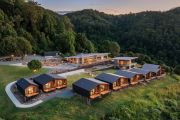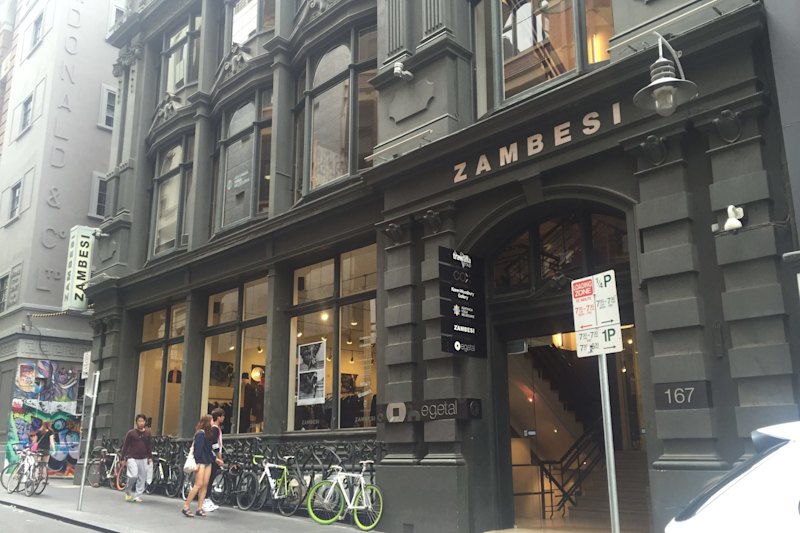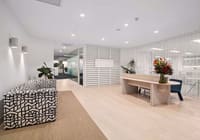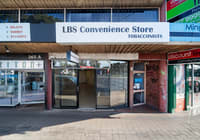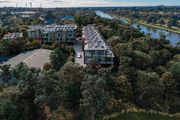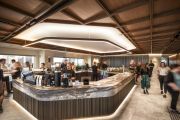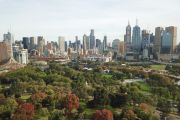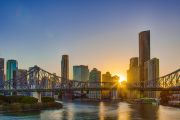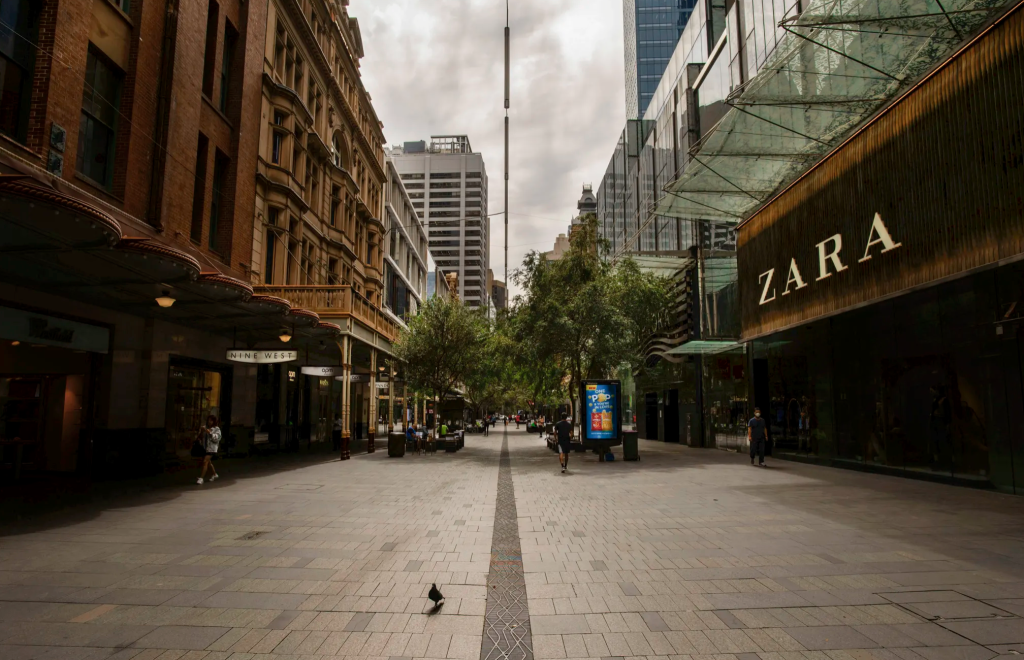
Retail vacancy hits new heights as shutdowns create CBD ghost towns
The retail vacancy rate across Australia’s major CBD’s has risen to 12.9 per cent amid the fallout from the global pandemic and an increased shift to online retailing.
In a new report from CBRE covering the first six months of the year to June 30, it says Sydney’s CBD retailers fared the best in country with a vacancy rate of 8.3 per cent. But it was a dramatic rise from the low 3.7 per cent recorded in the previous corresponding period to June 2019.
Not unexpectedly, as more workers returned to the city, before the latest shutdown, the retailers saw an immediate rise in patrons, with grocery shops and fast food outlets the main beneficiaries.
Brisbane is at 12.7 per cent, followed by Melbourne at 12.8 per cent and Adelaide at 13.3 per cent.
CBRE’s first Australian CBD Retail Vacancy report, released Tuesday, utilised store counts of 4532 retail outlets across the five CBDs in addition to demographic and footfall data from Pathzz – a proprietary technology platform linked to CBRE – to analyse the current state-of-play in the major CBD markets.
Gus McConnell, CBRE research analyst, said a range of CBD retailers – mainly those in the clothing and soft goods industries – have closed their bricks-and-mortar stores and moved to a more online-centred platform in response to lower foot traffic.
“Through Pathzz technology, we’ve also been able to measure the difference in demographic visitation, daily visit trends and commute types from the 2020 to 2021 financial year and assess how these have shifted as a result of COVID-19,” Mr McConnell said.
CBRE’s Australian head of retail leasing Leif Olson said that the main driver of CBD vacancy had been in shopping centres and arcades, with a smaller proportion of the vacancy in CBD strip locations.
“The data also shows a steady increase in office workers coming back into the major cities in the first half of the year – prior to the current Sydney and Melbourne lockdowns – which underpinned a rise in retail turnover and tenant demand,” Mr Olson said.
The main owners of malls and arcades in the Sydney CBD are Scentre group with Westfield Sydney; Vicinity with the Queen Victoria Building, the Strand Arcade and The Galeries; and Stockland, which owns Piccadilly Centre.
But just as the demand was rising, the most recent lockdowns have turned the city back to a ghost town, with all but essential retailers closed until further notice.
This has led to calls for the owners of the shopping malls and arcades to reintroduce the “Code of Conduct” that was created from the first lockdowns in 2020 to help save their tenants from permanent closure.
When the coronavirus pandemic first hit in 2020 and shops were forced to close, the owners of the country’s major shopping centres agreed to waive up 50 per cent of their tenants’ rent and defer the other 50 per cent under the Code of Conduct, which ran alongside JobKeeper.
There have been calls from the Australian Retailers Association to reinstate the leasing code and also JobKeeper, though so far this has been unsuccessful.
Reflecting the tough times of the sector was the move by retail landlord GPT to withdraw its full year earnings guidance.
The $8.8 billion ASX-listed diversified real estate investment trust – which owns and manages malls across the country – said while it had seen a strong recovery across its retail portfolio through the first six months of 2021, the timing of lifting lockdown restrictions and the “ongoing risk of additional measures has led to the withdrawal of guidance”.

